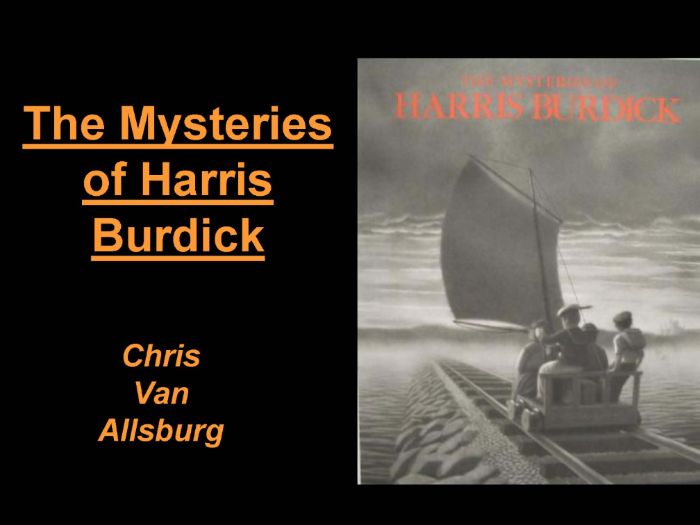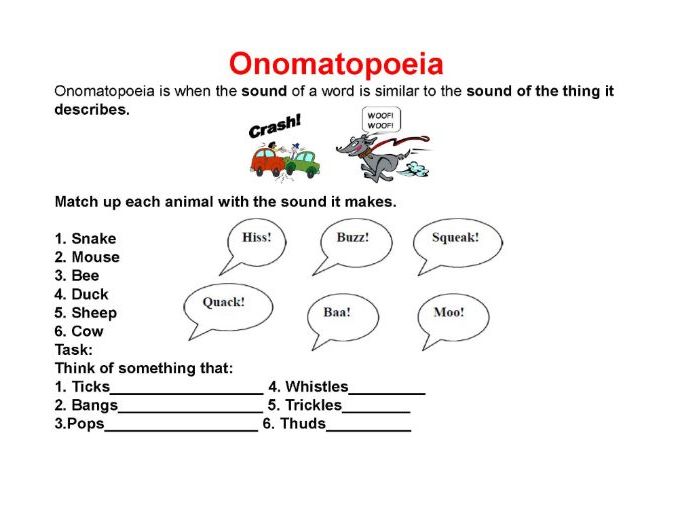Auntieannie's Shop
## ✏️ Auntieannie’s Teaching Resources **Creative, Curriculum-Aligned Planning for KS1 & KS2** Welcome to Auntieannie’s TES shop your go-to destination for engaging, classroom-tested teaching materials designed to make lesson planning easier and effective.





















